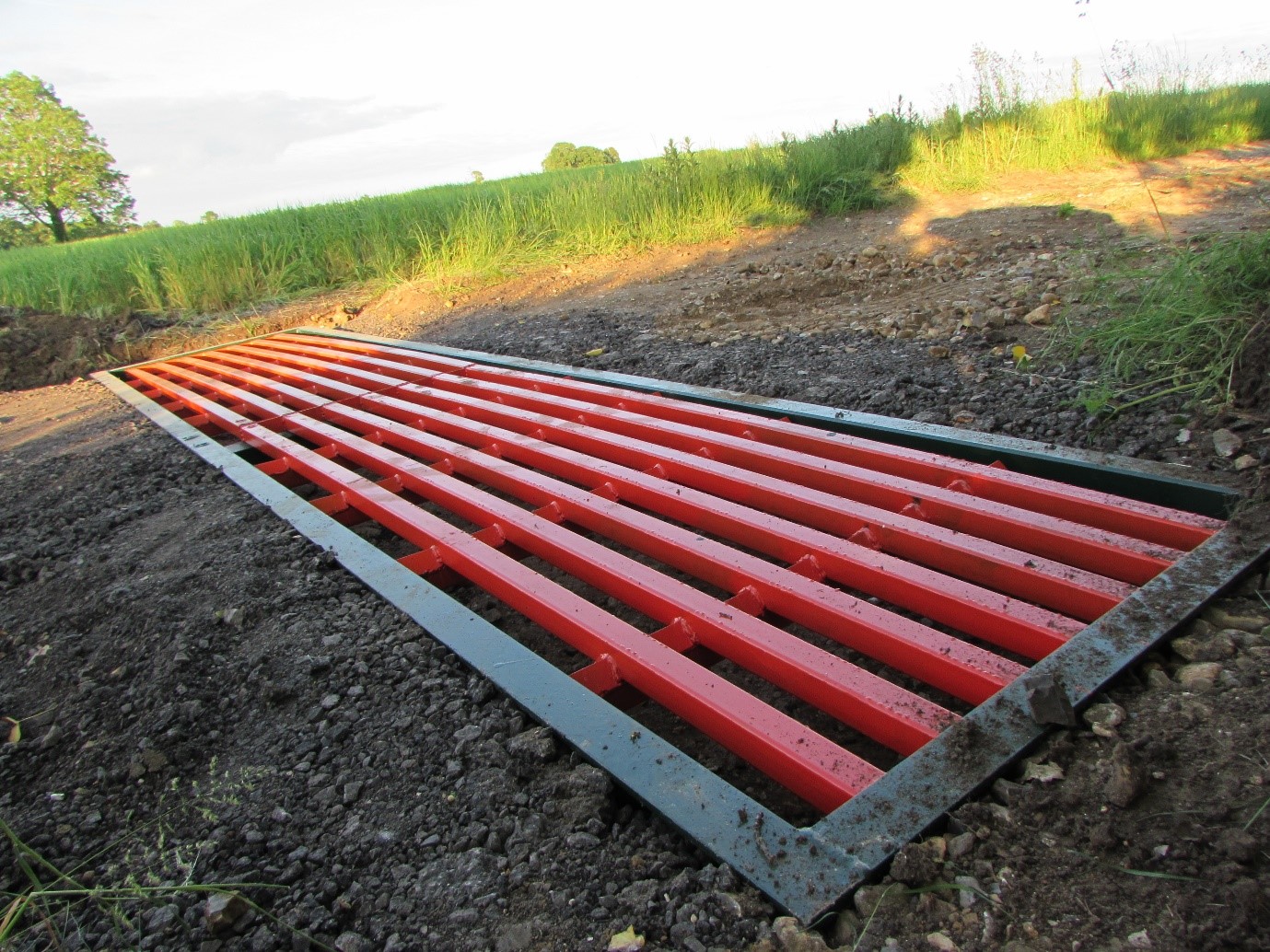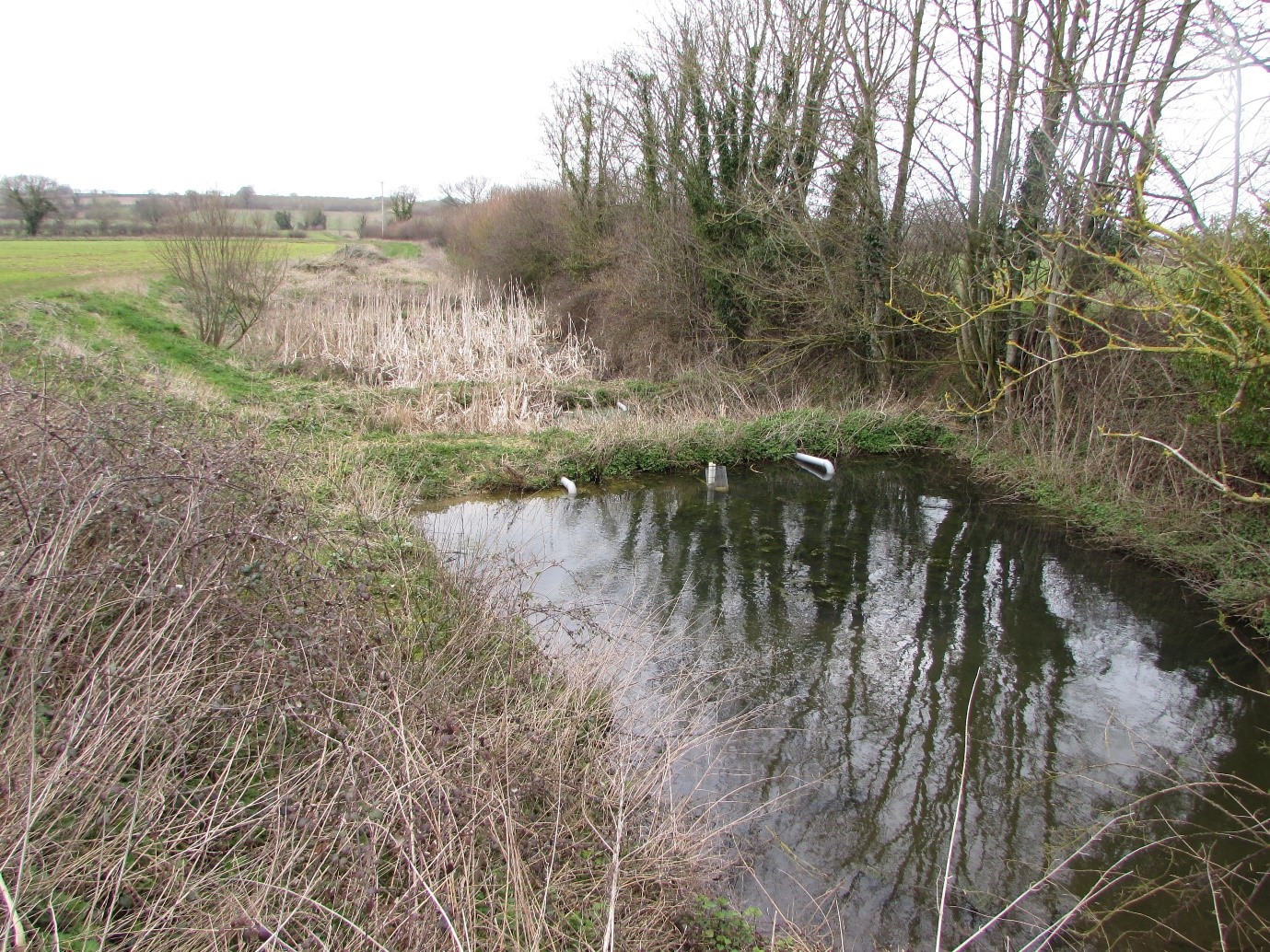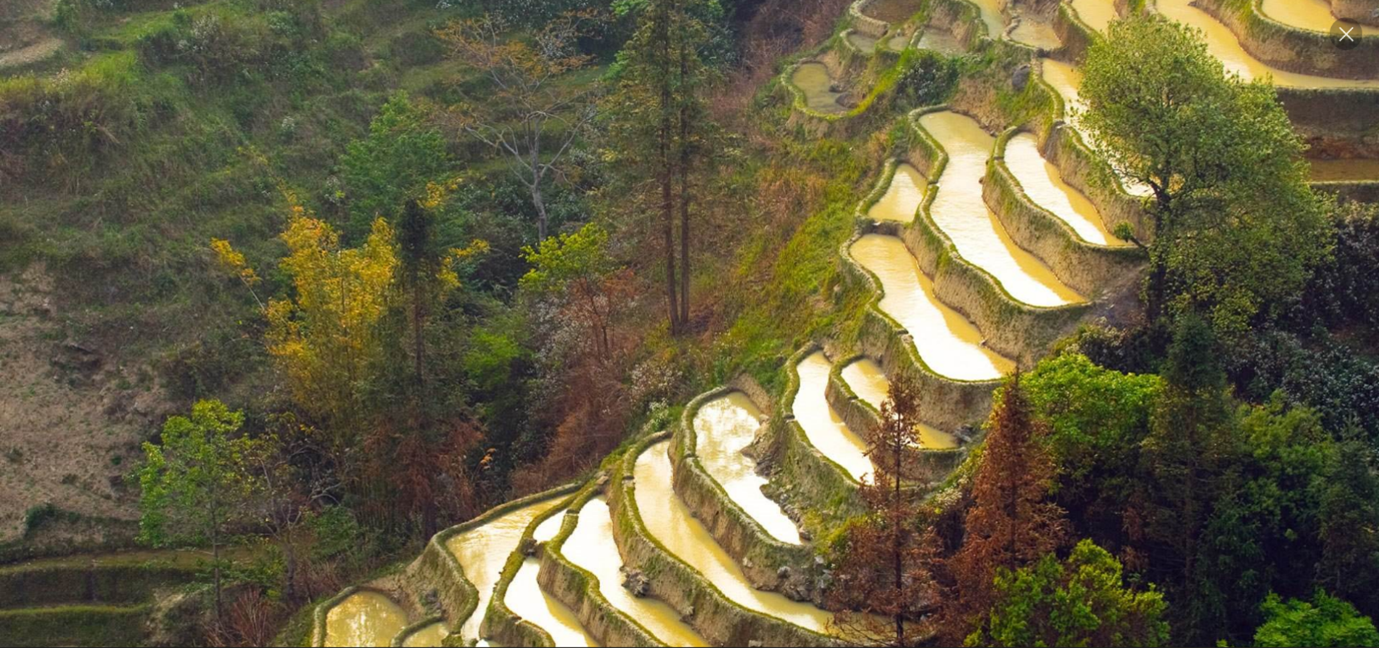David Jones, manager of Morley Farms Ltd.
The Morley Clean Water project began in 2019 with the aim of ensuring water leaving the farm was as clean as when it arrived. The Morley Agricultural Foundation (TMAF) owns and operates a 700ha arable farm near Wymondham, Norfolk. The soils are predominantly medium. The farm commercially grows crops including wheat, barley, oats, sugar beet and maize with 8% of the area in environmental schemes. The profit and rent from the farm provide funding for the charity to grant money for agricultural research and education. The farm also is a place for organisations like NIAB, John Innes Centre (JIC) and British Beet Research Organisation (BBRO) to conduct research and demonstrate good practice.
The Clean Water Project
We assume our in-field practices (e.g. cultivations, fertiliser practices and use of cover crops) are good and have little impact on water quality. So our attention turned to farmyards, tracks and highways. Initially we carried out a review of our water courses. This sounds straight forward but many published maps, including Ordinance Survey, are inaccurate. Therefore, we made our own maps and identified areas where we could ‘do better’ by reducing silt and nutrients entering water courses.
Dirty water from a farm track
A long farm gravel track sloping down to a rural road was identified as responsible for dirty water run-off entering a roadside ditch and for soil being deposited on the road surface. We built a cross-drain (pictured below) to divert water into a small sunken area where sediment settles out and the water drains through the soil. The total cost was less than £1,500.

One problem area
Adjacent to one area of the farm is a row of 24 ex-council houses. The sewage goes to a small Anglia Water treatment works where water discharges into a farm ditch. The water is black and smelly. When tested it was found to be high in nitrates and literally off the scale for phosphate. People’s lifestyles have changed since the houses were built. People wash more, use washing machines more regularly and generally use more water. Often hard surfaces (driveways, patios and greenhouses) have been added resulting in more water going down the drain. While the water appears to have gone, it has created problems elsewhere. In this case it goes to an unregulated sewage works. Many sewage works outfalls are regulated by the Environment Agency (EA) which states the water quality permitted to enter a water course. As you can imagine 24 rural houses are not a top priority for EA or Anglia Water.
How can the farm help? The ditch past the outfall opens up into a large hole approx. 50m X 20m and 2-3m deep. The water finds its way through on a path of least resistance. With some guidance from our local Anglia Water (AW) catchment adviser we re-profiled the hole making 3 tiered pools by installing earth banks. The banks have pipes installed so when the water reaches a specific depth it flows to the next pool. The idea is to hold back the water so that silt can settle out. Two ponds have been planted with aquatic plants to absorb nutrients from the water.
With the help of an environmental science student from University of East Anglia (UEA) we have been measuring the water quality entering and exiting these settlement ponds. As an average over a 27 monthly period when testing the water monthly, both nitrates and phosphate have halved and the turbidity reduced by two thirds. Within this period the values have fluctuated depending on time of year, natural rainfall and the particular day the water was tested. However, on all occasions the results show a big improvement in the water quality.

Whose responsibility?
As a farmer is water quality my problem? Surely it is AW’s responsibility to treat sewage properly, but it all comes at a price. That’s a balance between what AW charges customers and its obligation to EA. I would suggest 24 rural houses are way down the list of priorities. Our work was quite modest with three days’ use of the farm digger. The hole was there anyway. This is a good example where landowners can make small changes to practice and the landscape but make big differences for the community. TMAF is keen to work with AW and demonstrate what can be done. Hopefully, other stakeholders will recognise the value and in future offer funds and support for such collaboration.
Water has always been and always will be a controversial issue particularly on a small populated island like UK. There are so many demands from cooking, cleaning to growing food and washing cars. We all want access to clean fresh and safe water. Once it has been used we want it to go away as quickly as possible with little care for any contaminants it conveys. This ‘dirty’ water runs into streams and rivers which support wildlife, invertebrates, fish and birds. Also, a whole ecosystem of wetlands and marshes. Along with nature it is a place for recreation boating, fishing etc.
There are so many demands on water despite all the effort, legislation, forums, focus groups at no point in the future will people say ‘that’s it we have cracked it, all water problems are solved, every stakeholder is happy’. But what we can do is make improvements by managing water wisely and responsibly. This is particularly true for landowners as we have the space and natural landscape to help find solutions.
The Morley Clean Water Project has created a number of other features including v-notched sediment traps and a remodelled an area to manage dirty water from a pressure washer. To find out about other initiatives www.tmaf.co.uk/category/morley-clean-water-project/ or contact David Jones [email protected]
It is a great example of where a charity has the flexibility and the ability to conduct a long-term initiative to improve environmental practise.


